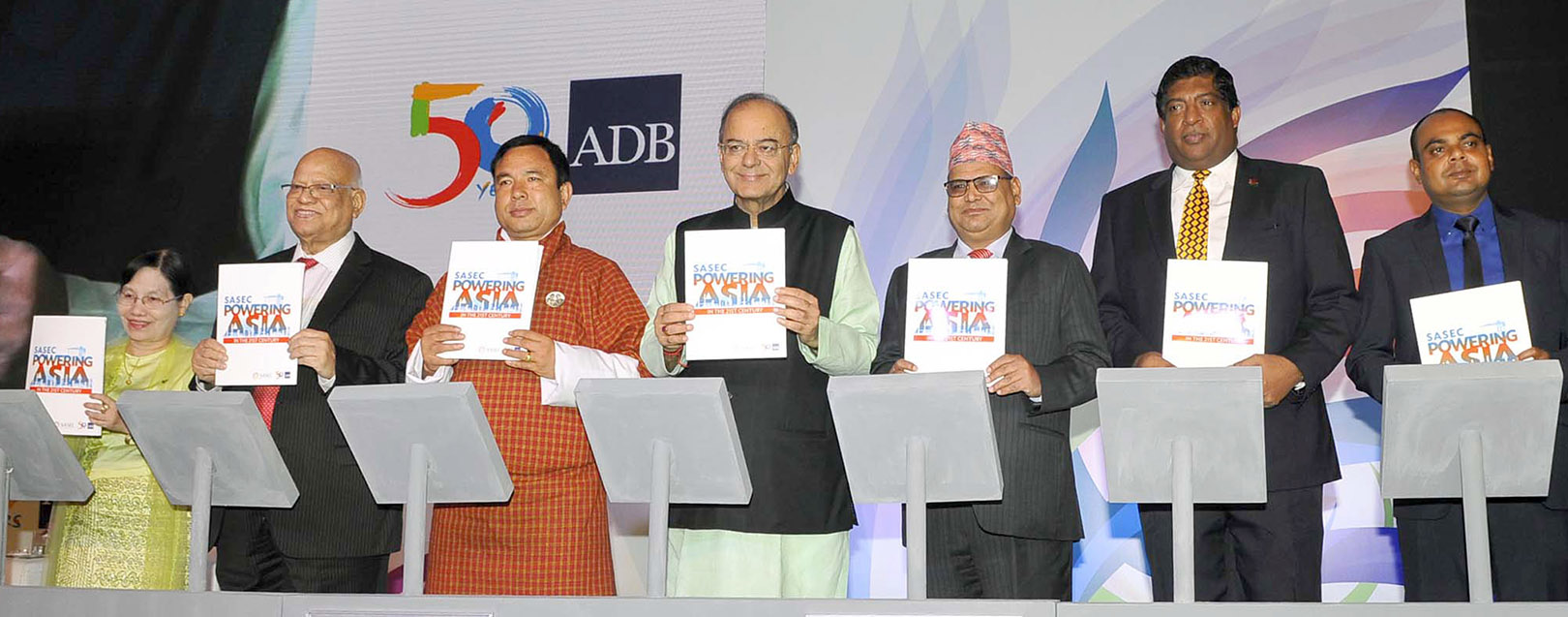
SASEC stresses regional cooperation for economic growth and employment
The Dollar Business Bureau
The South Asia Subregional Economic Cooperation (SASEC) family congregated in New Delhi on April 3, 2017, to deliberate upon a new direction for sub-regional economic cooperation among the member countries.
During the meet, the finance ministers collectively agreed that enhanced regional cooperation could add $70 billion to their combined GDP and generate 20 million employment opportunities annually by 2025.
The SASEC initiative was founded in 2001, with India, Nepal, Bhutan and Bangladesh as member nations. Over the years, the regional group has grown to include Sri Lanka, Maldives and Myanmar.
A joint ministerial statement released after the summit recognised the importance of regional co-operation to boost economic growth in South-Asia, especially in times of slow global growth. Additionally, it also reviewed the progress of SASEC over the past 16 years, in terms of better connectivity for trade in the region, enhanced energy security and promotion of cross-border value chains contributing to global interconnectedness.
The current focus of SASEC is the SASEC Operation Plan 2016-2025, which prioritises energy and trade facilitation along with the development of an economic corridor. The mission is to harness the region's demographic dividend, which is expected to yield exceptional growth rates even as most of the world reels under an economic slowdown. The high profile meet also identified the common aspiration of all member nations to engage in sustainable and inclusive growth, along with a shared history and culture that ties the countries together.
Leveraging untapped potential in natural resource-based industries has been regarded as the key to unlocking economic growth in the region. Establishing improved connectivity to further trade and tourism remains the broad objective of SASEC.
The ongoing SASEC road connectivity projects in Nepal, Bhutan, India and Bangladesh are to improve cross-border industrial, social and cultural flows. Additionally, India and Nepal are working on a pilot project for electronic cargo tracking to ensure smooth trade transit. The mutually beneficial exchange of energy resources like gas and petroleum within the region can improve energy security for the South Asian block.
SASEC investment plans are designed to benefit low-income groups in the hinterlands of partner countries while giving them opportunities to ride the growth wave. The growth agenda is focused on environmentally sustainable plans, which will provide backward regions with better trade opportunities and social services. Under SASEC, infrastructural projects to ensure better connectivity between economic centres and rural/remote lands are also taken up. This regional collaboration is expected to generate high employment, increase government revenues and support higher social expenditure.
Asian Development Bank (ADB) has been a lead financial support for the activities taken up by SASEC. With a vision of powering growth in Asia in the 21st century, SASEC actively engages with other South-Asian federations including South Asian Association for Regional Cooperation (SAARC) and Association of South East Asian Nations (ASEAN).





 to success.
to success.